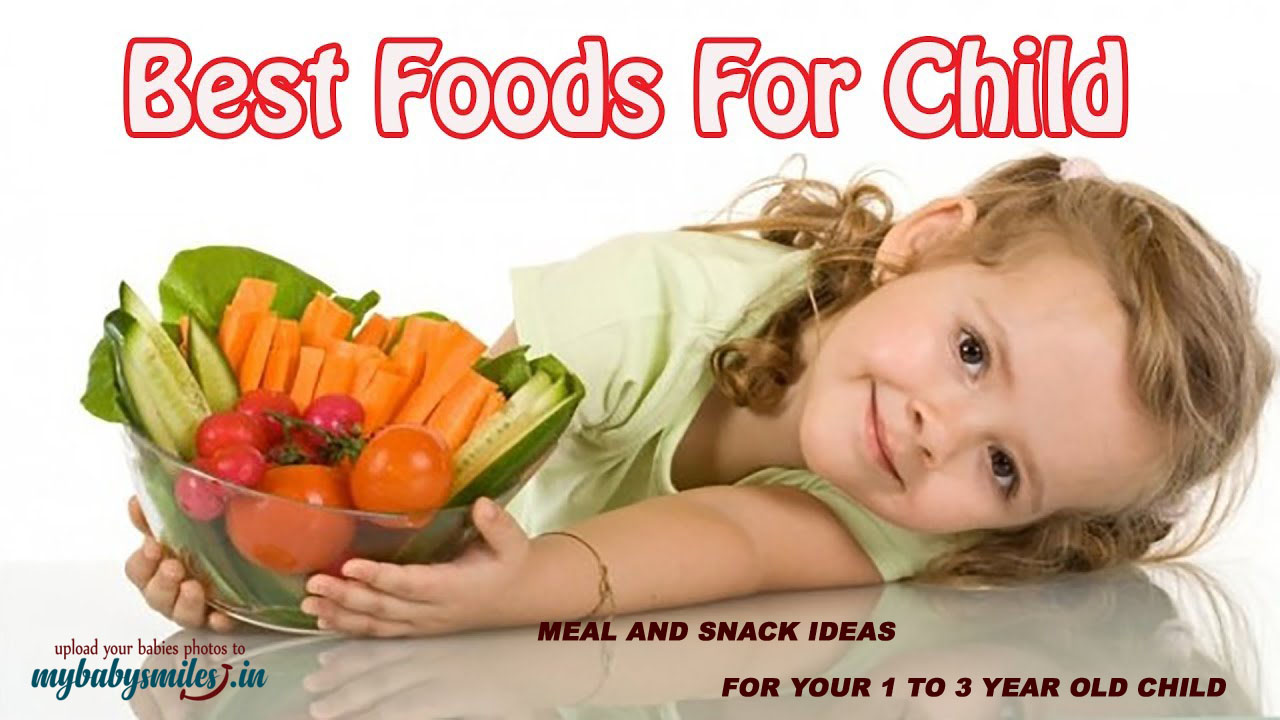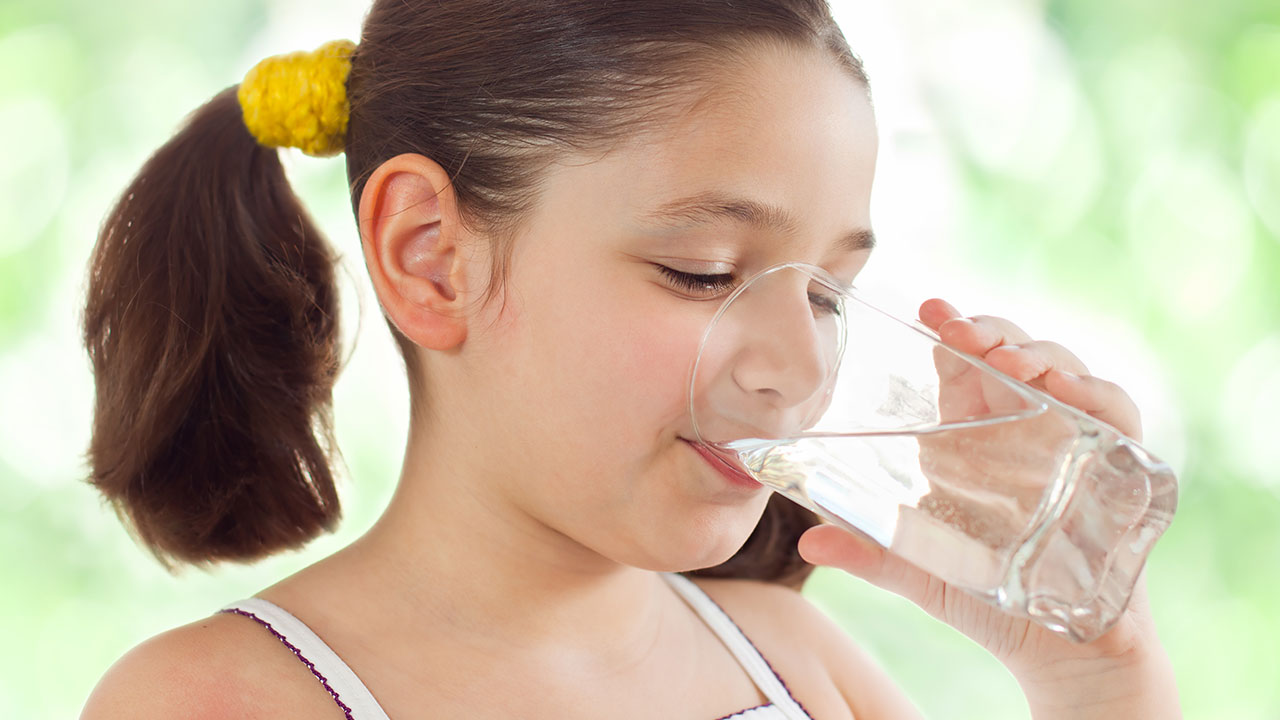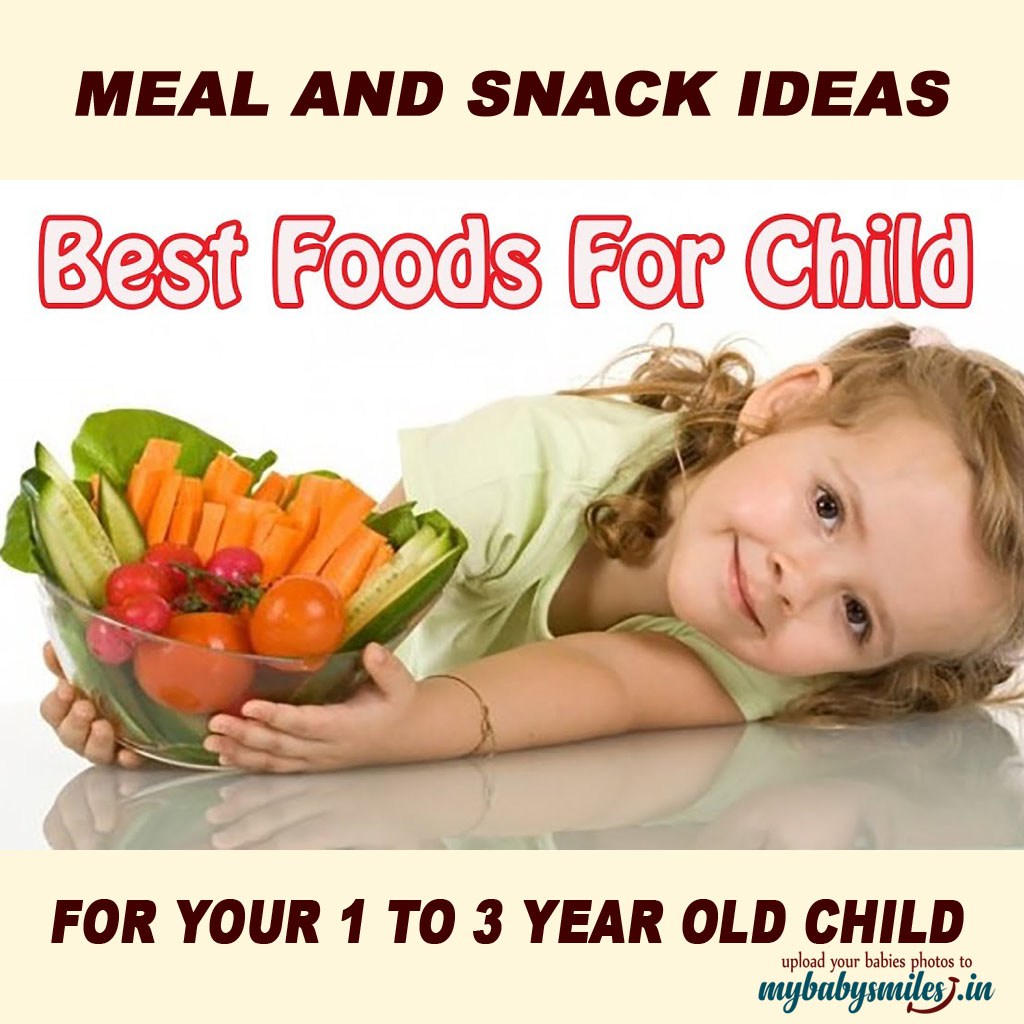Meal and Snack Ideas for Your 1 to 3 Year Old Child
Best foods for children
Offer your child the same healthy foods that you and the rest of your family enjoy. Give your child foods with different flavors and textures from all 4 food groups. The 4 best foods for children are:
- Vegetables and fruit
- Grain products
- Milk and alternatives
- Meat and alternatives

Make sure that the foods you offer are prepared with little or no added salt or sugar. Include healthy foods that are higher in fat like salmon, avocado, cheese, and nut butters.
Best drinks for children

Water is the best beverage when your child is thirsty. Offer water in between meals and snacks.
You can keep on offering your youngster breast milk until they are 2 years of age or more.
On the off chance that your youngster never again breastfeeds, offer 500 ml (2 cups) of sanitized entire bovine milk (3.25% Milk Fat) with dinners and bites. Limit milk to close to 750 ml (3 cups) each day. On the off chance that your youngster doesn’t drink dairy animals milk, converse with your human services supplier about what you can offer.
Kids needn’t bother with juice or sugary beverages, for example, pop, sports drinks, natural product refreshments, and organic product seasoned beverages produced using powders or precious stones. On the off chance that you offer juice, give your youngster close to 125 ml (1/2 cup) of 100% natural product juice every day. For dental well-being reasons, just offer juice with suppers.
Snack ideas for children
Best foods for children in snacks are:
- Whole grain cereal or oatmeal with milk
- Bite-sized pieces of leftover cooked beef or chicken and soft cooked vegetables
- Milk or yogurt-based fruit smoothies in an open cup
- Yogurt with pieces of soft fresh fruit
- Applesauce with whole grain crackers or roti
- Rice pudding made with milk
- Dessert tofu with fresh fruit
- Grated or small cubes of cheese with whole grain crackers
- A small whole grain muffin with fresh fruit and grated cheese
- Whole grain crackers, toast or rice cakes thinly spread with a nut or seed butter or mashed avocado
- Milk or yogurt popsicles blended with fruit
- Banana bread thinly spread with nut or seed butter
- Whole grain pita bread triangles and bean dip
Meal ideas for children
Best foods for children in the meals section are:
- Sandwich triangles made with egg, tuna, chicken salad, or easy-to-chew meat
- Hummus, whole wheat pita and soft cooked and cooled vegetables
- Soft cooked short pasta noodles, cooked pieces of fish and peas
- Cream of wheat, or a whole grain cooked cereal such as oatmeal served with milk and mashed fruit
- Homemade pancakes or waffles topped with thinly spread nut butter and fruit
- Mini omelets or scrambled eggs with cooked vegetables or fruit and toast
- Cooked tofu pieces, sweet potatoes and whole grain short pasta noodles
- Congee or rice porridge with small pieces of meat, chicken, or fish
- Soft tortillas filled with beans or ground meat and tomato sauce
- Vegetable, split pea, or bean soup served with crackers or a whole grain bun
- Fish chowder with bread sticks
- Homemade macaroni and cheese with tuna and peas
- Whole wheat pasta with tomato or meat sauce
- Chicken, beef, pork, or tofu cut in small pieces stir-fried with soft cooked vegetables and rice
- Rice or pasta and small pieces of tender beef with cooked vegetables
- Baked beans with soft taco or whole grain toast
- Chili, dahl or lentils with chopped tomatoes, rice, roti, whole wheat or corn bread
- Soft veggies, tomato sauce and grated cheese on a whole wheat pita, pizza shell or English muffin
How do help young child eat safely?
Best foods for children is a good way to protect their health. Eating habits also helps them to live healthy. Kids younger than 4 are at higher danger of stifling than more established kids and grown-ups. They have little aviation routes and less power over gulping. Continuously remain with your youngster while they eat and drink. Abstain from encouraging your youngster in a moving vehicle or in a buggy.
To forestall gagging:
- Watch your youngster and ensure they plunk down to eat or drink.
- Urge them to take little nibbles and to bite the nourishment well.
- Cook or mesh hard vegetables like carrots.
- Hack organic product into little pieces. Evacuate pits, seeds and intense skins before serving.
- Expel any bones from fish and chip before serving. You can rub fish between your fingers to discover and evacuate bones.
- Cut round nourishments like grapes, cherry tomatoes, and franks the long way first and afterward into pieces.
- Spread smooth nutty spread meagerly on toast or wafers.
- Try not to bolster your youngster nourishment s with toothpicks or sticks.
Try not to give your kid nourishments, for example:
- Entire peanuts, nuts, seeds, or popcorn
- Fish with bones
- Dried natural product, for example, raisins
- Hard sweet or hack drops
- Gum, marshmallows
- Chunks of nutty spread, nut or seed margarine on a spoon
- Huge bits of lettuce and spinach
How to prepare food safely?
Small kids are at expanded danger of nourishment borne disease. Microorganisms, for example, E. coli, Salmonella and Listeria are executed when nourishments are warmed to safe cooking temperatures. To stay away from nourishment borne sickness, don’t offer your kid:
- Crude or half-cooked meat, fish or poultry. Ensure that meat, fish and poultry are cooked to safe interior temperatures.
- Crude or daintily cooked eggs. These might be in natively constructed mayonnaise, sauces and dressings or hand crafted frozen yogurt.
- Unpasteurized milk or dairy items, or unpasteurized juice.
What if child has food allergies?
Best foods for children will never make any healthy problems in our child. On the off chance that you have questions or worries about nourishment hypersensitivities, converse with your youngster’s PCP, pediatrician, an enlisted dietitian, or a general well-being medical caretaker.
Read:
